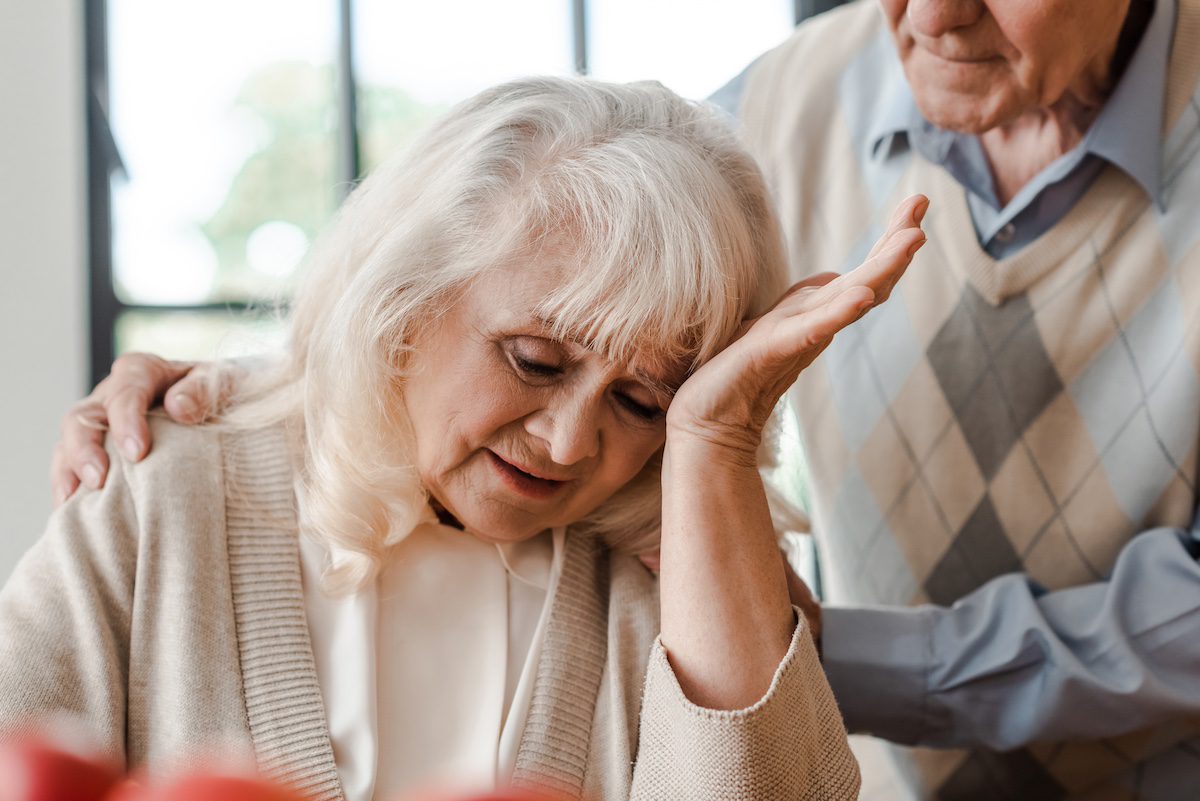As people age, managing chronic pain becomes a significant concern that impacts their quality of life, mental health, and daily functioning.
Chronic pain, defined as pain lasting more than three months, can result from various conditions such as arthritis, neuropathy, osteoporosis, and other degenerative diseases.
In this blog post, we explore comprehensive strategies and best practices for managing chronic pain in elderly patients to improve their quality of life and overall health outcomes.
Understanding Chronic Pain in the Elderly
Causes of Chronic Pain
Chronic pain in elderly patients can arise from numerous sources, including:
- Osteoarthritis: The most common type of arthritis, osteoarthritis occurs when the protective cartilage on the ends of bones wears down over time.
- Rheumatoid Arthritis: An autoimmune disorder that causes inflammation in the joints and surrounding tissues.
- Neuropathic Pain: Resulting from nerve damage or dysfunction, often associated with conditions like diabetes or shingles.
- Musculoskeletal Pain: Pain affecting the muscles, ligaments, tendons, and bones.
- Spinal Stenosis: A narrowing of the spinal canal that puts pressure on the nerves.
- Cancer Pain: Pain caused by cancer itself or the treatments used to combat it.
Challenges in Managing Pain
Managing chronic pain in the elderly presents unique challenges due to factors such as:
- Polypharmacy: Many elderly patients take multiple medications for various conditions, increasing the risk of drug interactions and side effects.
- Cognitive Impairment: Conditions such as dementia can complicate pain assessment and management.
- Physical Frailty: Elderly patients may have reduced physical strength and endurance, limiting their ability to participate in certain pain management activities.
- Psychosocial Factors: Depression, anxiety, and social isolation can exacerbate the perception of pain and hinder effective management.
Assessing Pain in Elderly Patients
Accurately assessing pain in elderly patients is critical for effective management. Pain assessment should consider the following:
- Pain Intensity: Using scales such as the Numeric Rating Scale (NRS) or the Visual Analog Scale (VAS) to measure pain intensity.
- Pain Location and Quality: Identifying the specific areas of pain and the type of pain (e.g., sharp, dull, throbbing).
- Impact on Daily Life: Evaluating how pain affects the patient’s ability to perform daily activities and their overall quality of life.
- Emotional and Psychological Impact: Assessing the emotional and psychological impact of pain, including symptoms of depression or anxiety.
Strategies for Managing Chronic Pain
Effective management of chronic pain in elderly patients requires a comprehensive, multidisciplinary approach that includes both pharmacological and non-pharmacological strategies.
1. Pharmacological Interventions
Pharmacological interventions involve the use of medications to manage pain. The choice of medication should be individualized based on the patient’s specific needs, medical history, and potential risks.
Non-Opioid Analgesics
- Acetaminophen: Often the first line of treatment for mild to moderate pain. It is generally well-tolerated and has a low risk of side effects when used appropriately.
- Nonsteroidal Anti-Inflammatory Drugs (NSAIDs): These medications, such as ibuprofen and naproxen, are effective for pain relief but should be used cautiously due to potential side effects like gastrointestinal bleeding and kidney damage, particularly in older adults.
Opioid Analgesics
- Opioids: Used for moderate to severe pain when other treatments are ineffective. Due to the risk of side effects, including sedation, confusion, and dependence, opioids should be used at the lowest effective dose for the shortest duration possible. Regular monitoring and reassessment are essential to ensure safety and effectiveness.
Adjuvant Medications
- Antidepressants: Certain antidepressants, such as amitriptyline and duloxetine, can help manage chronic pain, particularly neuropathic pain.
- Anticonvulsants: Medications like gabapentin and pregabalin are used to treat neuropathic pain.
- Topical Analgesics: Creams, gels, and patches containing lidocaine or capsaicin can provide localized pain relief with minimal systemic effects.
2. Non-Pharmacological Interventions
Non-pharmacological interventions play a crucial role in managing chronic pain, especially in elderly patients who may be at risk for medication-related complications.
Physical Therapy
Physical therapy is a cornerstone of pain management in the elderly, focusing on improving mobility, strength, and flexibility. Techniques may include:
- Exercise: Tailored exercise programs can help reduce pain, improve physical function, and enhance the overall quality of life.
- Manual Therapy: Techniques such as massage, joint mobilization, and manipulation can alleviate pain and improve joint function.
- Heat and Cold Therapy: Applying heat or cold to painful areas can provide temporary pain relief and reduce inflammation.
Occupational Therapy
Occupational therapists can assist elderly patients in adapting to their environment and modifying daily activities to minimize pain and improve functionality. This may include:
- Assistive Devices: Recommending and training patients to use devices such as canes, walkers, or braces to reduce strain on joints and muscles.
- Activity Modification: Teaching patients how to perform activities in a way that minimizes pain and prevents further injury.
Cognitive-Behavioral Therapy (CBT)
CBT is a psychological approach that helps patients develop coping strategies for managing pain.
It focuses on changing negative thought patterns and behaviors that contribute to the perception of pain. Techniques may include relaxation training, mindfulness meditation, and stress management.
Complementary and Alternative Medicine (CAM)
Many elderly patients find relief from chronic pain through complementary and alternative medicine practices such as:
- Acupuncture: Involves inserting thin needles into specific points on the body to relieve pain.
- Chiropractic Care: Involves the manipulation of the spine and other joints to reduce pain and improve function.
- Yoga and Tai Chi: Gentle movement practices that improve flexibility, strength, and balance while reducing stress and pain.
3. Lifestyle Modifications
In addition to medical and therapeutic interventions, lifestyle modifications can significantly impact pain management and overall well-being in elderly patients.
Diet and Nutrition
A balanced diet rich in anti-inflammatory foods can help reduce pain and improve overall health. Emphasize the consumption of fruits, vegetables, whole grains, lean proteins, and healthy fats.
Avoid foods that can trigger inflammation, such as processed foods, sugary snacks, and excessive amounts of red meat.
Regular Physical Activity
Engaging in regular physical activity is essential for maintaining joint health and reducing pain. Activities should be tailored to the individual’s abilities and preferences, focusing on low-impact exercises such as walking, swimming, or cycling.
Sleep Hygiene
Poor sleep can exacerbate pain and reduce the ability to cope with discomfort. Encourage elderly patients to establish a regular sleep routine, create a comfortable sleep environment, and avoid stimulants like caffeine and electronic devices before bedtime.
Conclusion
Managing chronic pain in elderly patients requires a comprehensive, multidisciplinary approach that considers the unique needs and challenges of this population.
By combining pharmacological and non-pharmacological interventions with lifestyle modifications, healthcare providers can help elderly patients achieve better pain control, improve their quality of life, and maintain their independence.
Regular assessment, monitoring, and communication between patients, caregivers, and healthcare providers are essential to ensure the effectiveness and safety of pain management strategies.
With the right support and resources, elderly patients can successfully manage chronic pain and lead fulfilling lives.




